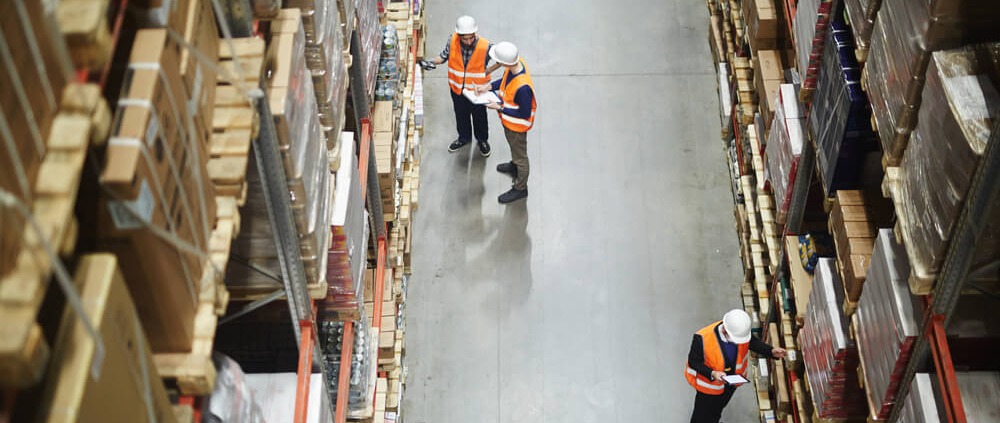Challenges of warehouse management in 2022
The end and beginning of the new year is a great time to create forecasts for various sectors of the economy. In 2021, the warehouse management grew to levels unheard of in history, and investors, even in a difficult pandemic period, made money on decisions to expand the usable space for storage.
What are the challenges facing the warehouse economy in 2022?
It can be assumed with high probability that the demand for new warehouse space will not fall, but due to higher interest rates some investors will face more difficult choices regarding the location of new warehouses. In 2022, city logistics, quick access to consumers, and automation will become more important. In recent years, consumers have moved heavily to the e-commerce sector and started shopping for basic products in online stores. This forces the warehouse economy to diversify and expand the storage space for various groups of the assortment. Producers of modular warehouse equipment will benefit.
What factors may affect the warehouse management in 2022?
pressure to raise interest rates, thus increasing the cost of crediting investments,
the need to secure the supply chain (paradigm shift from global to local producers),
higher costs of employment and running a business by “Nowy Lad”,
pressure from the EU environmental policy (FIT 55),
high inflation that is already approaching 9% in January 2022. High inflation can significantly lower the demand for products over time, which is a big problem for the warehouse management.
Investments pay off in just a few years
Warehouse market reports make it clear that this sector has been the least affected by the COVID-19 pandemic. E-commerce services will drive the warehouse economy even more in 2022. Distribution centers compete with delivery times. Location close to cities and larger agglomerations will probably become the key to commercial success.



